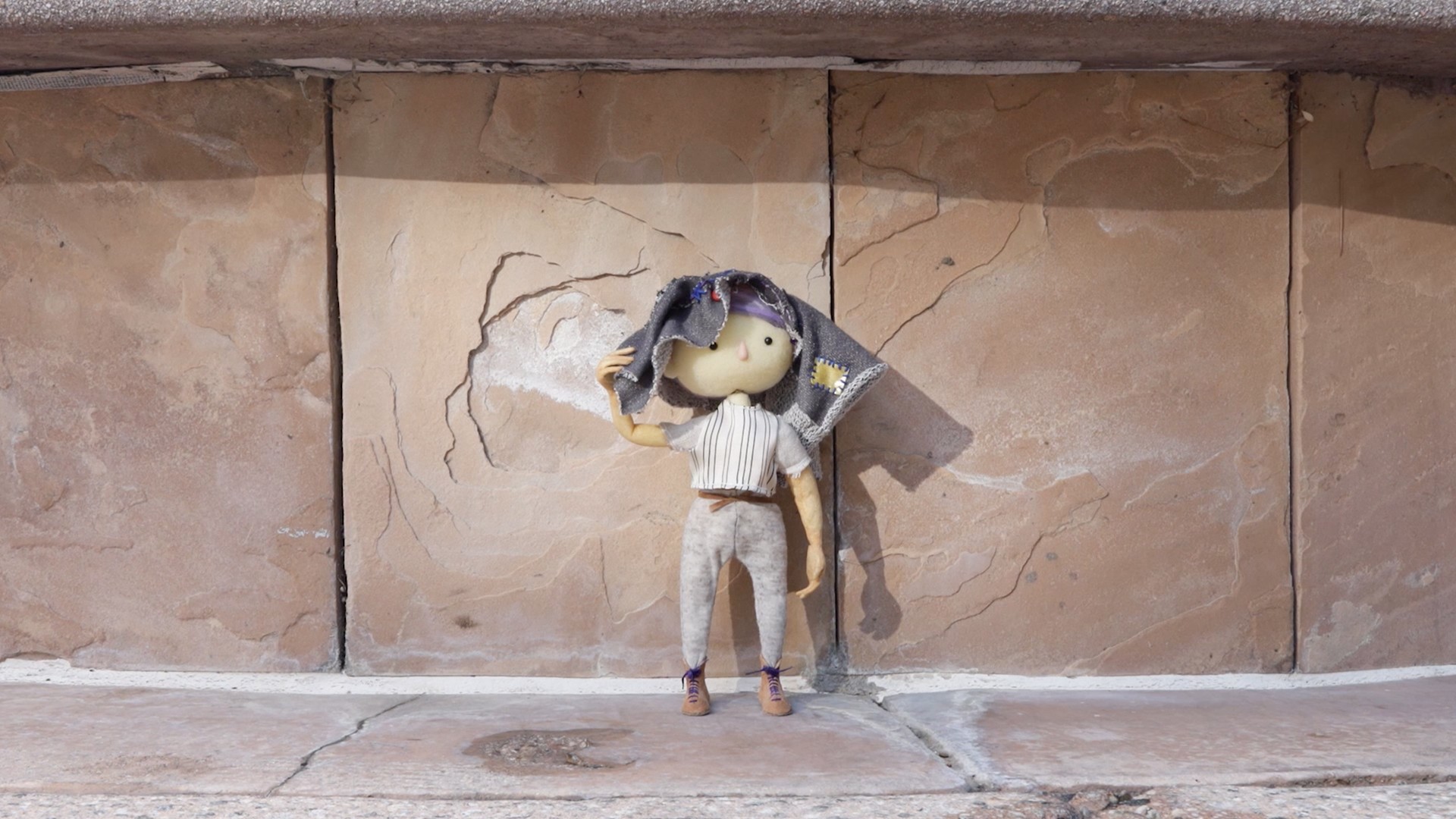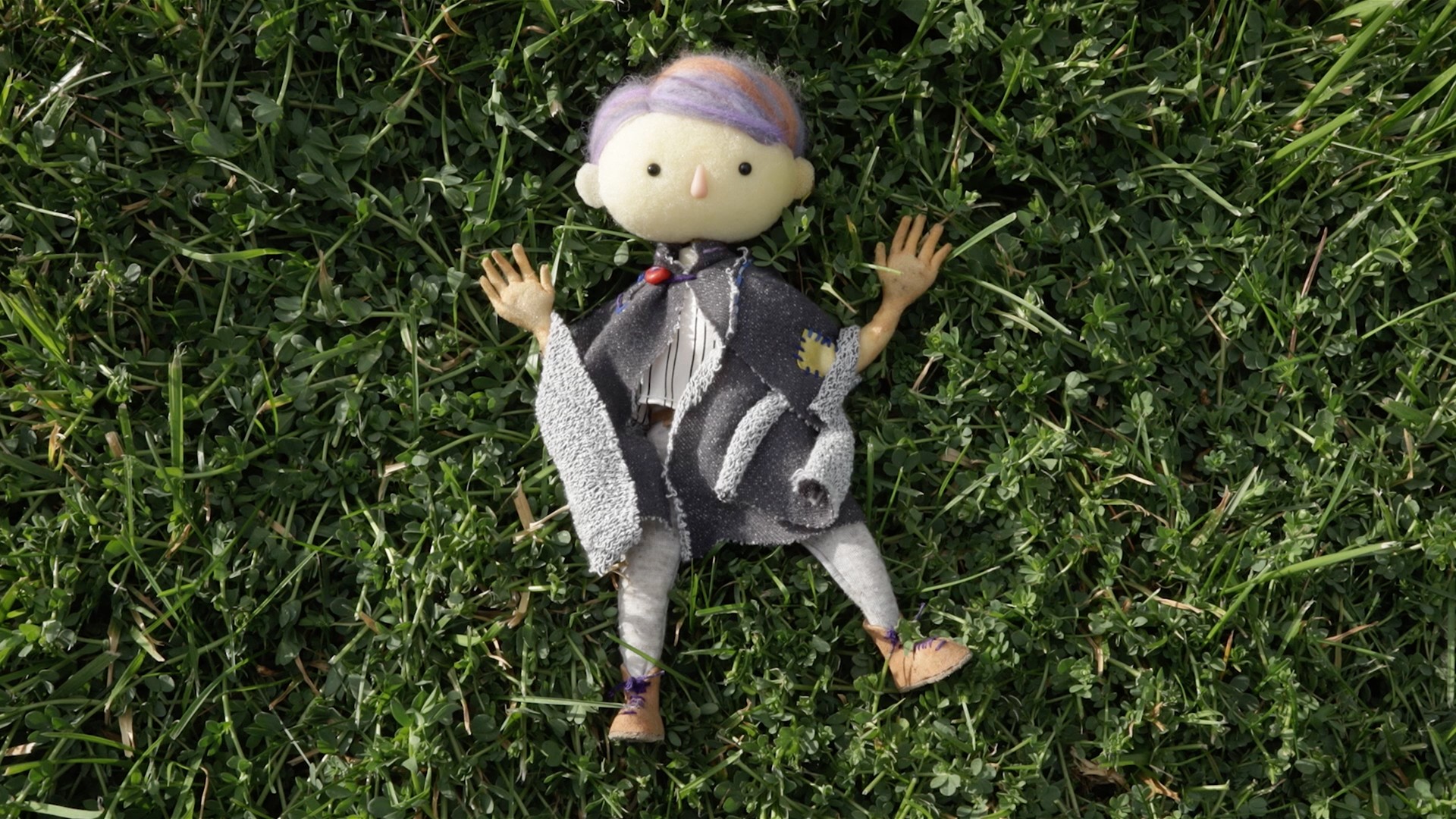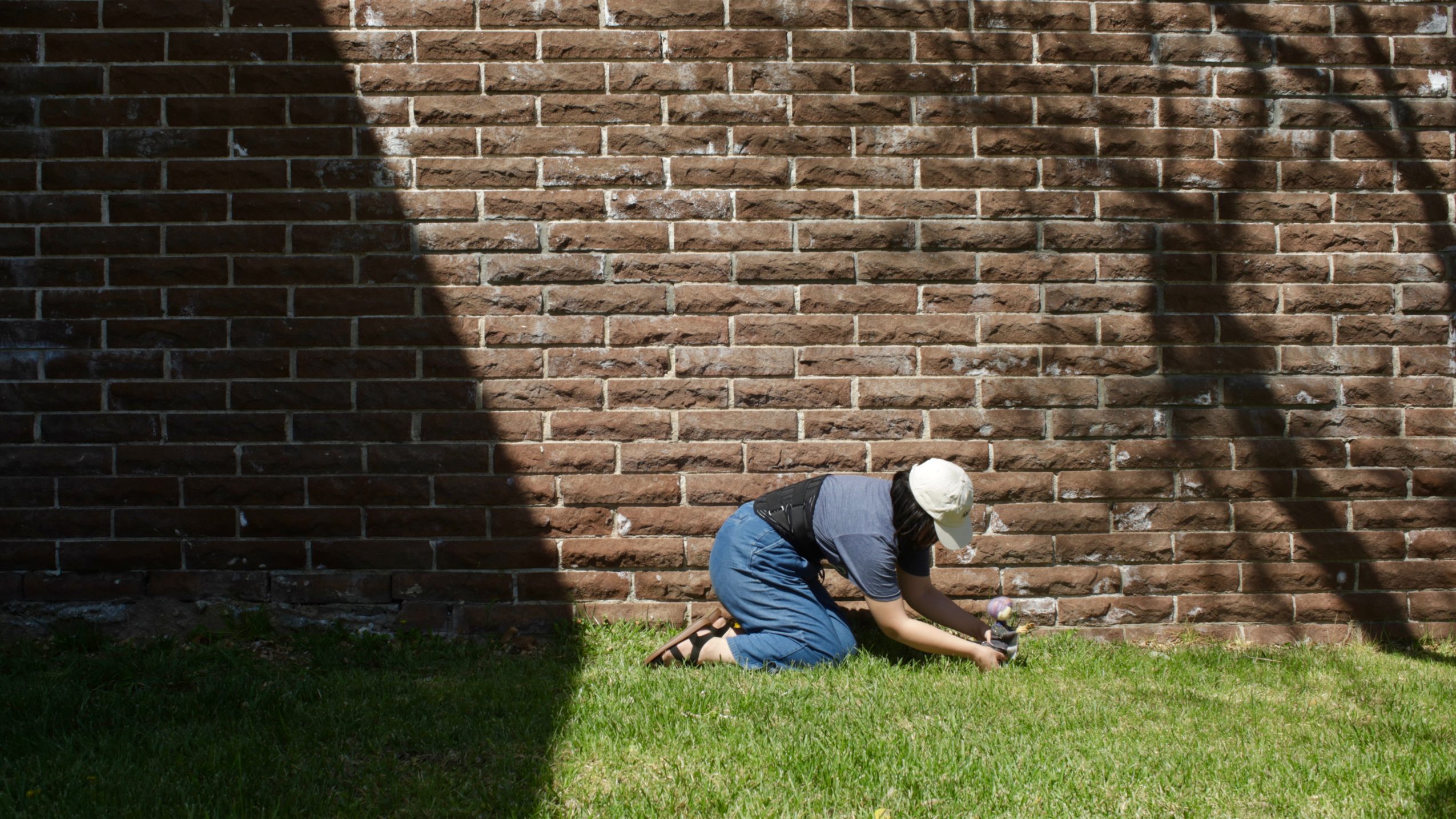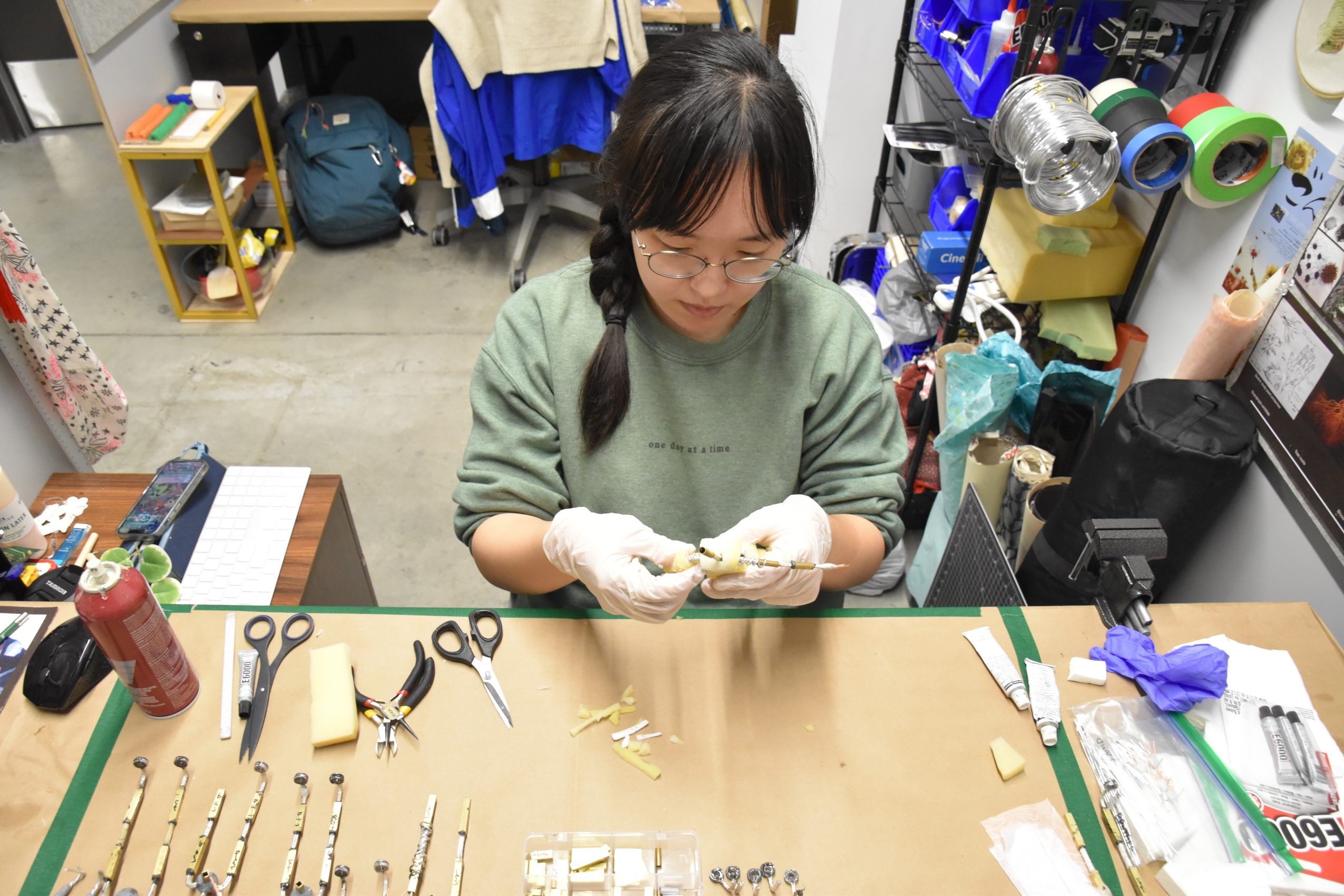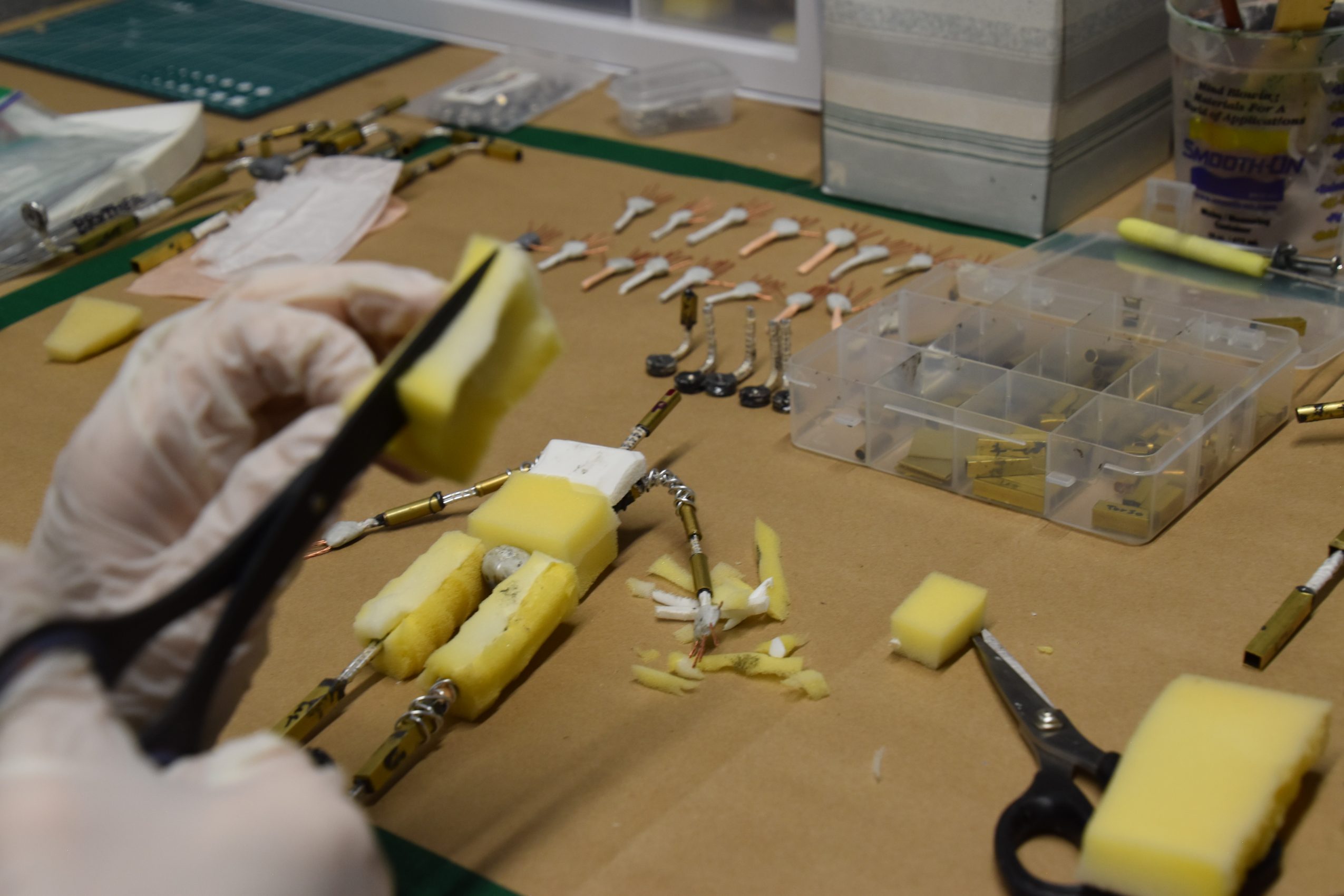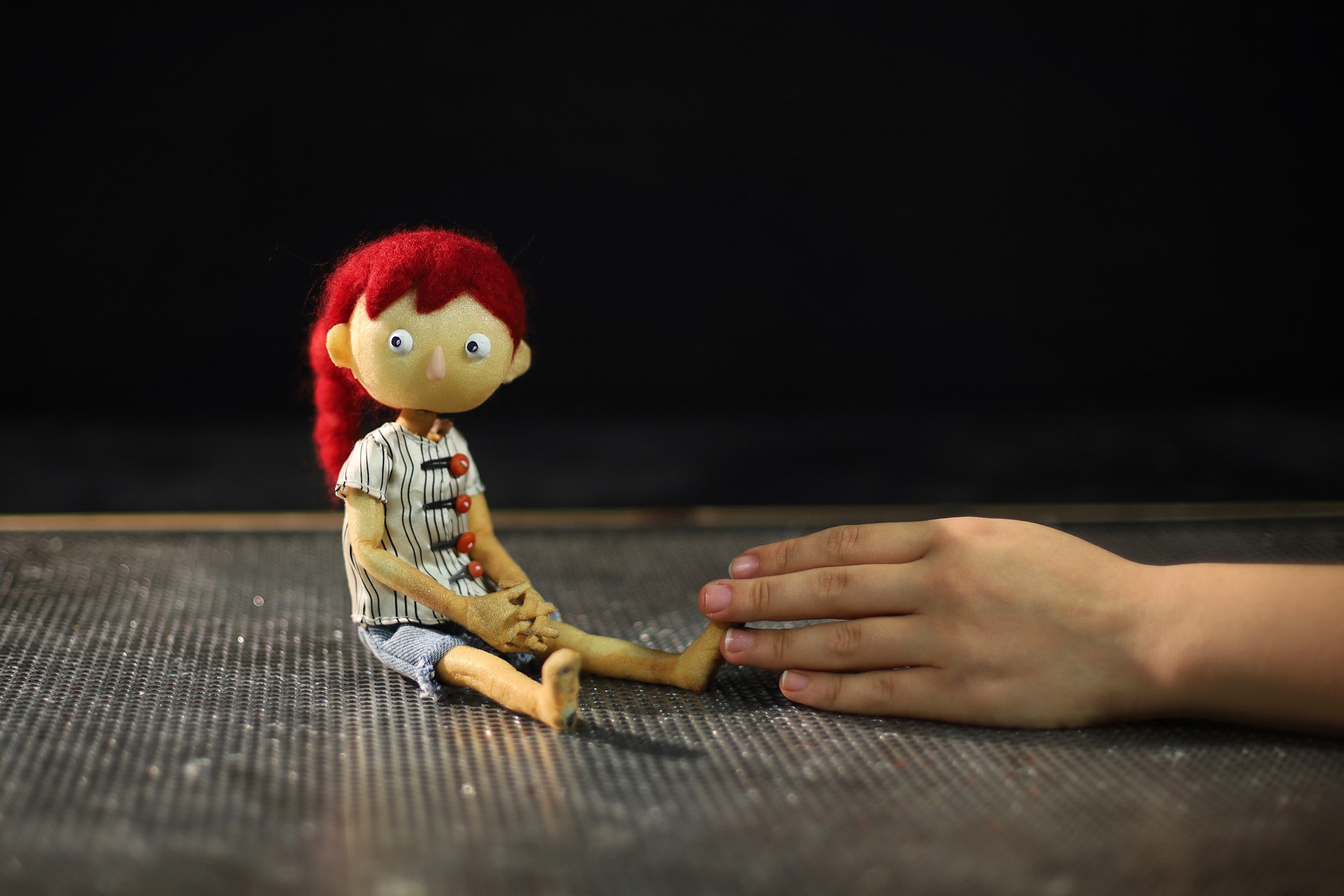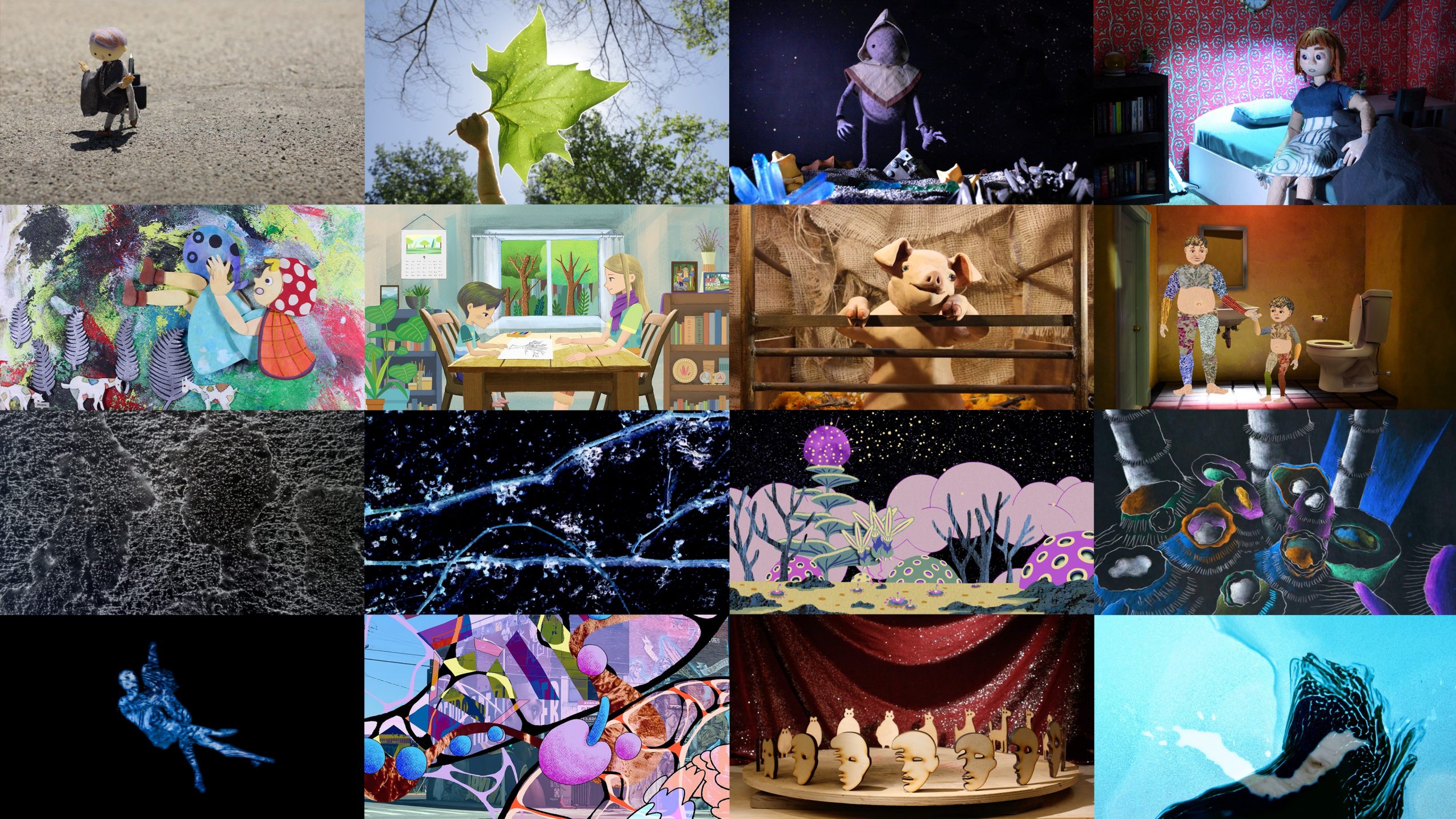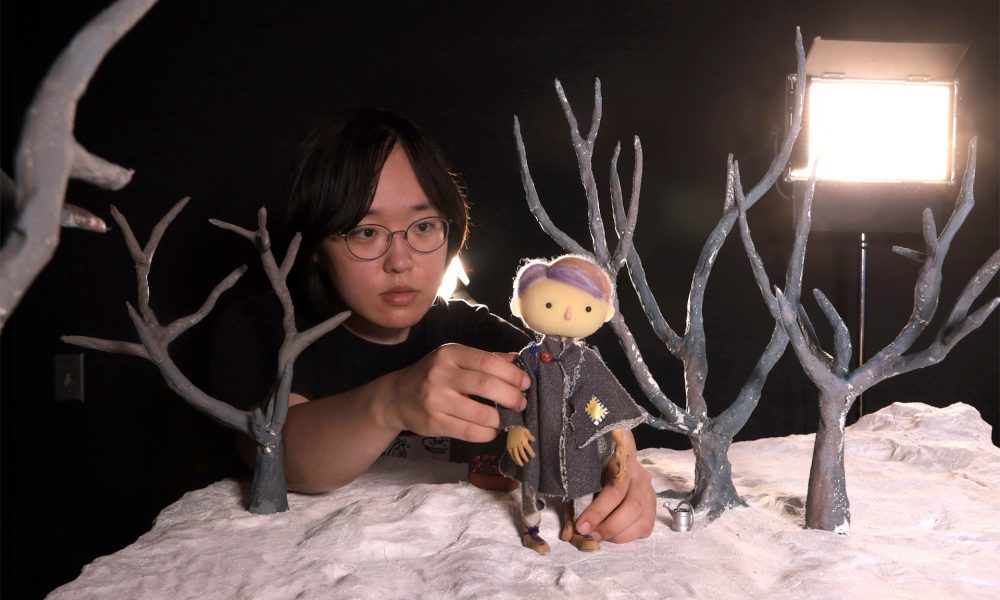

Today we’d like to introduce you to Rika Nakayama.
Hi Rika, so excited to have you with us today. What can you tell us about your story?
I’m an animator/filmmaker making experimental 2D and stop-motion animation with a focus on materiality, currently studying at the Experimental Animation MFA program at the California Institute of the Arts. I was born in Japan from Chinese immigrant parents and grew up reading a lot of novels and mangas, writing and drawing my own stories. I had a big passion for making stories during my teenage years. When I was 15, I went on a 2-week canoe camping trip in Canada and fell in love with nature. I spent three years of high school in Canada and went to Rhode Island School of Design (RISD) for undergrad in 2016 to pursue storytelling.
RISD offered a highly interdisciplinary foundation year, giving students opportunities to experience all majors. It was an incredible time where I was introduced to so many new media, techniques, and various approaches to art-making. I often worked on 3-4 different projects simultaneously, which made me tackle various kinds of problem-solving every day and helped me grow as an interdisciplinary artist. I liked drawing and painting before going to college, but during that year I really enjoyed architectural and industrial designs and fell in love with making things with my hands; I made a geared drawing machine and a 24-key piano with wood, designed and modeled a building for a local river shore, and learned to draw and paint with messy mixed-media materials. The camping experiences in my teenage years probably influenced me to love crafting with physical objects.
After freshman year, I double-majored in the Illustration and Film/Animation/Video departments to learn various storytelling media, but I found myself more drawn to playing with physical materiality and pursuing unconventional or experimental approaches to these media. I especially enjoyed experimental stop-motion animation projects where I discovered I could make anything in the world to be animated, even landscapes like roads and buildings. It’s very exciting to see inanimate objects given life on screen, and I love the freedom of animation, where objects can behave totally differently from reality. I can create different laws of physics and evoke interesting feelings or perceptions of the world. Animation can be very immersive and experiential to the viewers. So when I was finally introduced to puppet stop-motion animation in my junior year, I felt I had found a perfect medium for myself; it contained everything I loved — storytelling, world-building, craft, materiality, architectural and engineering aspects, and the magic of giving life to objects. Since 2019, I’ve been making stop-motion films and smaller experimental animation projects with materiality at the center of my work.
I’m sure it wasn’t obstacle-free, but would you say the journey has been fairly smooth so far?
My last year at RISD was probably the hardest year for me because I had to go back to Japan when the COVID-19 epidemic started, and I spent my last year of college remotely under a long quarantine. It was a struggle to set up an animation space in the apartment where my family lived, especially for stop-motion, so I ended up making a 2D animation for my undergrad thesis. It was also emotionally difficult to be isolated from my classmates and teachers. My RISD thesis, “Panspermia,” is a series of animations about a fantastical flora on an alien planet and its cycle of death and rebirth. I like the end product of this project; it reflects my feelings at that time and feels therapeutic, but it wasn’t a very pleasant process, and I really missed doing stop-motion.
It was also a difficult year to find a stop-motion job both in the US and in Japan, so I decided to apply to the CalArts MFA program where many artists I admired graduated from. During quarantine, I came up with the idea of an outdoor puppet stop-motion and wanted to try it. My CalArts first-year film, “Under A Shooting Contrail,” is a story of a stop-motion puppet who leaves the studio and explores the outside world. On one hand, it’s an experimental film that breaks the convention of stop-motion, but to me, it’s also a project that reflects the liberation from a long quarantine. When I first got to LA from Japan, everything looked bright to me, and I wanted to explore this new world.
Can you tell our readers more about what you do and what you think sets you apart from others?
I have explored hand-drawn animation, cut-out stop-motion, claymation, pixilation, rotoscope, video and animation collage, VR animation, puppet stop-motion, etc., and in all of my work, I love capturing textures, materiality, and subtle phenomena like water reflections, lights, and shadows. By using materials from the real world and weaving those textures into animation, I feel animation can gain physicality that evokes powerful emotions. I also feel stop-motion is a special medium that lies between animation and live action, between imaginary and real. It’s cool to think about animators and puppets physically existing in the same place and moving at different speeds.
My most recent film “Under A Shooting Contrail” (2022) is a puppet stop-motion that is shot outdoors. Usually, stop-motion is shot under controlled lighting in dark studios, and animators don’t get to see sunlight for a long time. I really liked being in a stop-motion studio, but I also really missed being outside, so I thought, “What if I animate a puppet outside?” I wanted to bring uncontrollability and serendipity to stop motion. The result was very fun and rewarding — the puppet exists at a different speed from humans and experiences the environment differently. The environment is moving at a fast time-lapse speed while the puppet is walking at a normal speed, and I couldn’t predict how the environment changes one second later in the animation. The shadow chases and swallows the puppet, water on the pavement dries very fast, clouds move in unexpected ways, and the wind flaps the puppet’s cape every frame.
I learned a lot about nature through shooting this film — the sun changes its paths over days, and wet pavement after rain dries much faster than I thought. The puppet’s reaction to the world was reflecting my reaction to the new place I was exploring. It was a labor-intensive process because I couldn’t take a break in the middle of a shot, and I had to shoot in the same intervals to get a constant movement of the environment; I also had to kneel down to animate the puppet standing on the ground. But it was also really fun and rewarding. This film has been screened at multiple international film festivals in over ten countries, such as Animafest Zagreb and Rhode Island International Film Festival, and has received several awards, such as the Best of the Fest and Best Student Director awards at the Los Angeles Animation Festival.
I am currently working on my MFA thesis film, which will be a narrative stop-motion film. Every project gives me new challenges and discoveries. I’m trying to incorporate some new materials and techniques in this film and I’m also working with collaborators for the first time. “Under A Shooting Contrail” has connected me with many incredible people in the past year, and I hope I can connect with more people with my new film.
Where we are in life is often partly because of others. Who/what else deserves credit for how your story turned out?
There were many instructors who inspired me to pursue animation and guided me through the journey. Gina Kamentsky and Agnieszka Woznicka are instructors who introduced me to experimental animation and stop-motion at RISD. Everything they taught me was new to me and very inspirational. During the remote year in 2020, my thesis instructors Amy Kravitz and Steven Subotnick mentioned how my works reflect my own life and experiences, and it was a big discovery for me. Before then, I was purely enjoying the process of experimenting and discovering different approaches to animation, but their feedback and insights on my work made me realize that my work teaches me about myself and helps me communicate and connect with others. At CalArts, I’ve also met amazing classmates and instructors who have made me grow as a filmmaker. Stephen Chiodo and Kangmin Kim are two stop-motion instructors at CalArts who make the stop-motion community here a family. I’ve learned a lot from them and got to connect with more stop-motion people in LA through them. My parents and partner also deserve a lot of credit; they have always supported me through my art journey, and I wouldn’t be where I am now without them.
Contact Info:
- Website: rikanakayama.com
- Instagram: instagram.com/rika_stopmotion/
- Linkedin: linkedin.com/in/rikanakayama/
- Twitter: twitter.com/rika_animation
- Other: vimeo.com/rikanakayama
